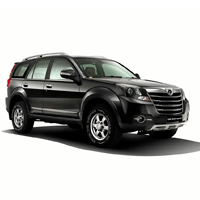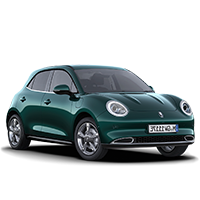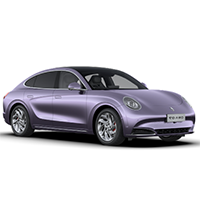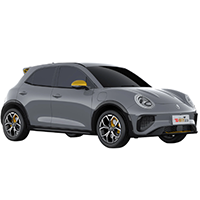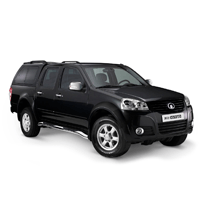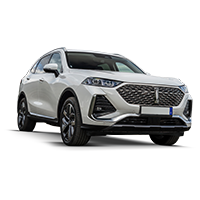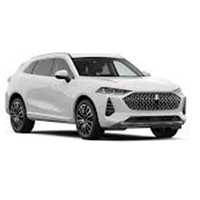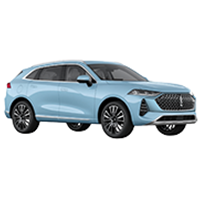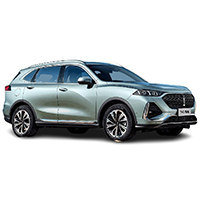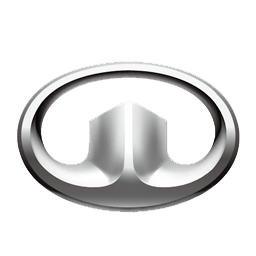
Catalog / Great Wall
Great Wall Motors: China's Automotive Ambassador to the World
Great Wall Motors, one of China's largest automotive manufacturers, has a relatively short but impressive history that mirrors China's rapid industrial development. Founded in 1984 by Wei Jianjun in Baoding, Hebei Province, Great Wall began as a small collective enterprise focused on manufacturing trucks. The company's name, inspired by the Great Wall of China, symbolizes its ambition to build a strong, enduring automotive brand.
The early years of Great Wall were marked by steady growth and diversification. In 1996, the company introduced its first SUV, the CC1020, signaling its entry into the passenger vehicle market. This move proved to be prescient, as SUVs would later become one of Great Wall's strongest product categories.
A significant milestone in Great Wall's history came in 2003 when it became the first private Chinese auto company to be listed on the Hong Kong Stock Exchange. This public listing provided the capital needed for rapid expansion and technological development, setting the stage for Great Wall's emergence as a major player in the Chinese automotive industry.
Interesting fact: Great Wall Motors holds the distinction of being the first Chinese automaker to have its vehicles sold in European Union countries. In 2006, Great Wall's Hover (known as Haval H5 in some markets) became the first Chinese-made car to receive EU whole vehicle type approval, marking a significant step in the company's international expansion.
The late 2000s and early 2010s saw Great Wall rapidly expanding its product lineup and global footprint. The company introduced several new models and sub-brands, including Haval for SUVs, WEY for premium vehicles, and ORA for electric cars. This diversification strategy allowed Great Wall to cater to different market segments and consumer preferences.
Great Wall's commitment to research and development has been a key factor in its success. The company has invested heavily in new technologies, particularly in the areas of electric vehicles and autonomous driving. In 2016, Great Wall established a research and development center in Japan, focusing on electric vehicle technology and reflecting its ambition to compete on a global stage.
In recent years, Great Wall has made significant strides in the electric vehicle market. The launch of the ORA brand in 2018 marked the company's dedicated push into the EV sector. Models like the ORA R1, marketed as one of the world's cheapest electric cars, have garnered attention for their affordability and practicality.
Great Wall's international expansion has been a core part of its strategy. The company has established production facilities and sales networks in various countries, including Russia, Thailand, and Bulgaria. In 2021, Great Wall made headlines by acquiring General Motors' manufacturing facility in Talegaon, India, signaling its intent to enter the Indian market.
As of 2024, Great Wall continues to push the boundaries of innovation and global expansion. The company has announced ambitious plans for further electrification of its lineup and is exploring advanced technologies such as hydrogen fuel cells. Great Wall's Tank brand, focusing on off-road capable vehicles, represents its latest effort to diversify its product portfolio and appeal to a broader range of consumers.
Great Wall's journey from a small truck manufacturer to a global automotive player is a testament to China's growing influence in the global automotive industry. As the company continues to invest in new technologies and expand its international presence, it is poised to play an increasingly significant role in shaping the future of mobility.
The success of Great Wall Motors reflects broader trends in the automotive industry, including the rise of Chinese manufacturers, the growing importance of electric vehicles, and the shifting consumer preferences towards SUVs and crossovers. As the automotive landscape continues to evolve, Great Wall's adaptability and innovative spirit position it as a company to watch in the coming years.

